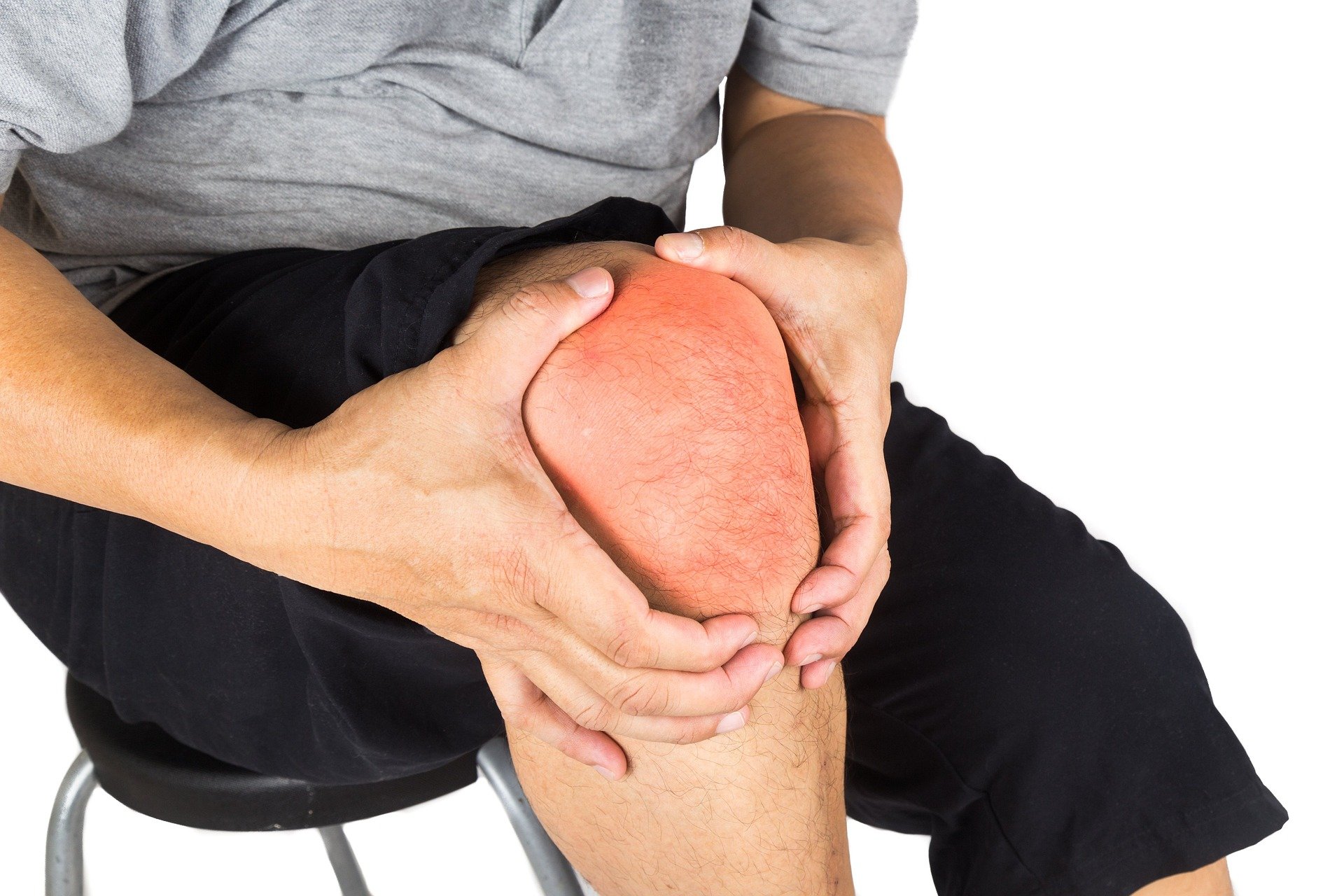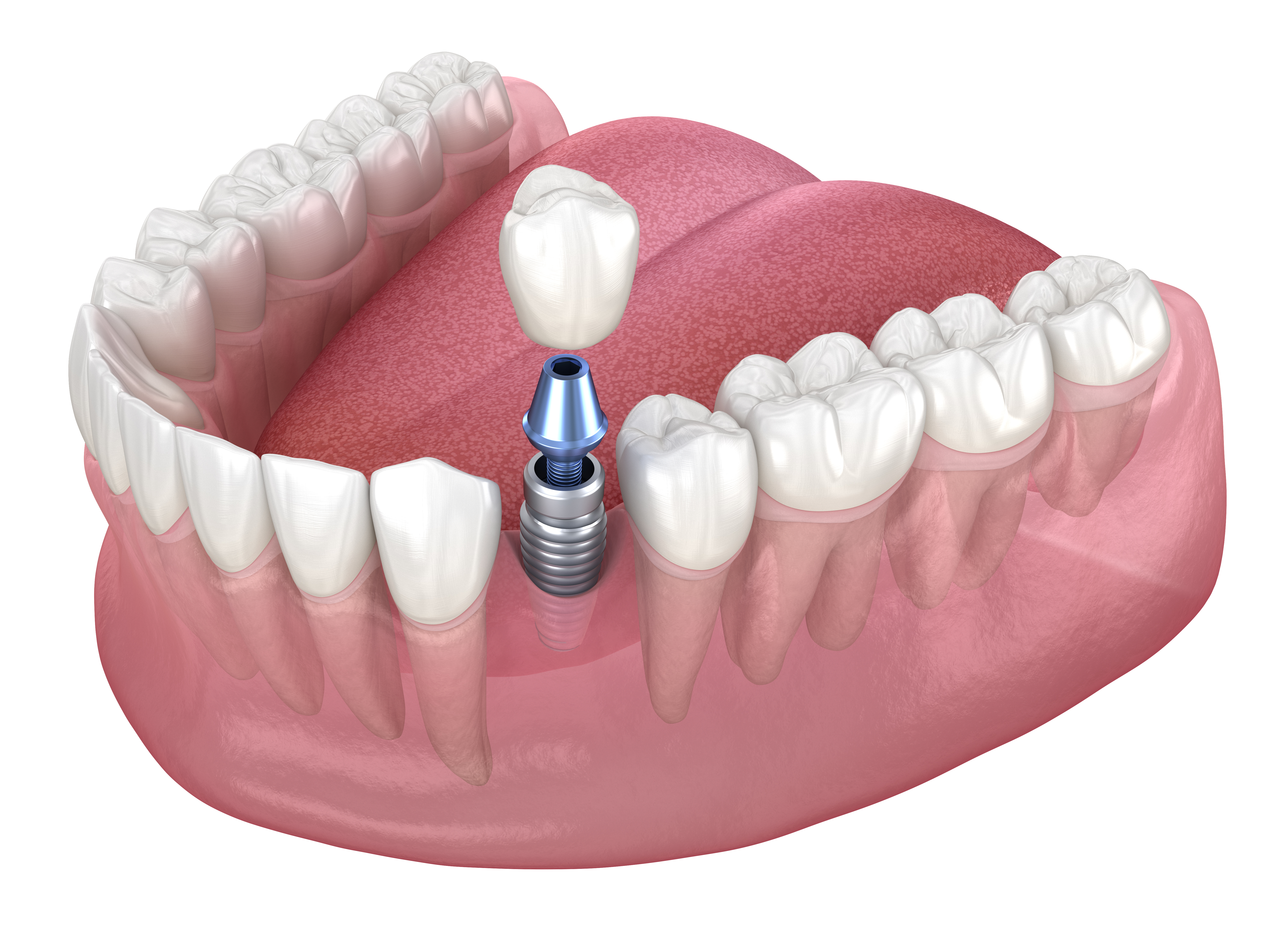Hip Pain: Causes, Symptoms, and Effective Treatment Options
Hip pain can significantly impact your quality of life, affecting mobility and daily activities. This article explores the common causes of hip pain, its symptoms, and various treatment options, including non-surgical approaches to provide relief and improve your overall well-being.

What are the common causes of hip pain?
Hip pain can stem from various sources, including arthritis, injuries, and overuse. Osteoarthritis, the most common form of arthritis affecting the hip, occurs when the cartilage in the joint wears down over time. Rheumatoid arthritis, an autoimmune condition, can also cause inflammation and pain in the hip joint. Other potential causes include hip fractures, bursitis (inflammation of the fluid-filled sacs that cushion the joint), tendinitis, and labral tears. In some cases, hip pain may be referred from other areas, such as the lower back or knees.
What symptoms are associated with hip pain?
The symptoms of hip pain can vary depending on the underlying cause. Common symptoms include:
-
Pain in the hip joint, groin, or outer thigh
-
Stiffness and reduced range of motion
-
Difficulty walking or bearing weight on the affected hip
-
Swelling or tenderness around the hip area
-
A clicking or grinding sensation during movement
-
Pain that worsens with activity and improves with rest
If you experience persistent hip pain, especially if accompanied by fever, inability to move the joint, or severe pain, it’s crucial to consult a healthcare professional for an accurate diagnosis and appropriate treatment plan.
How can arthritis pain in the hip be relieved?
For those wondering how to relieve arthritis pain in the hip, several strategies can help manage symptoms and improve joint function:
-
Exercise: Low-impact activities like swimming, cycling, or water aerobics can help strengthen the muscles around the hip and improve flexibility.
-
Weight management: Maintaining a healthy weight reduces stress on the hip joint, potentially alleviating pain and slowing disease progression.
-
Physical therapy: A physical therapist can teach you specific exercises and techniques to improve hip mobility and strength.
-
Heat and cold therapy: Applying heat before activities can help loosen stiff joints, while ice packs after exercise can reduce inflammation and pain.
-
Medications: Over-the-counter pain relievers and anti-inflammatory drugs may help manage pain and inflammation. In some cases, prescription medications may be necessary.
-
Assistive devices: Using a cane or walker can help reduce stress on the affected hip during daily activities.
What are effective ways to relieve hip joint pain?
When exploring how to relieve hip joint pain, consider these additional strategies:
-
Stretching exercises: Gentle stretches targeting the hip flexors, hamstrings, and quadriceps can help improve flexibility and reduce pain.
-
Massage therapy: Deep tissue massage can help relax tense muscles around the hip joint and improve circulation.
-
Acupuncture: Some people find relief from hip pain through acupuncture, though more research is needed to confirm its effectiveness.
-
Posture correction: Improving your posture while sitting, standing, and sleeping can help alleviate stress on the hip joint.
-
Lifestyle modifications: Avoiding activities that exacerbate hip pain and making ergonomic adjustments at home and work can provide relief.
What are non-surgical treatment options for hip pain?
For those seeking hip pain treatment without surgery, several non-invasive options are available:
-
Corticosteroid injections: These can provide temporary relief from inflammation and pain in the hip joint.
-
Platelet-rich plasma (PRP) therapy: This treatment uses your own blood components to potentially promote healing and reduce inflammation.
-
Regenerative medicine: Stem cell therapy and other regenerative treatments are being explored as potential options for managing hip pain.
-
Ultrasound-guided injections: Precise delivery of medications to the affected area can provide targeted relief.
-
Bracing or taping: Supportive devices can help stabilize the hip joint and reduce pain during activities.
-
Lifestyle changes: Adopting an anti-inflammatory diet, quitting smoking, and managing stress can contribute to overall joint health and pain reduction.
When should you seek medical attention for hip pain?
While many cases of hip pain can be managed at home, certain situations warrant immediate medical attention:
-
Sudden, severe pain following an injury or fall
-
Inability to bear weight on the affected leg
-
Visible deformity or significant swelling around the hip
-
Pain accompanied by fever or signs of infection
-
Progressive worsening of symptoms despite home care measures
-
Chronic pain that interferes with daily activities and quality of life
A healthcare professional can provide a comprehensive evaluation, including physical examinations and imaging studies, to determine the underlying cause of your hip pain and recommend appropriate treatment options.
In conclusion, hip pain can arise from various causes and present with different symptoms. By understanding the available treatment options, from lifestyle modifications to non-surgical interventions, individuals can take proactive steps to manage their hip pain effectively. Remember to consult with a healthcare professional for personalized advice and treatment plans tailored to your specific condition and needs.
This article is for informational purposes only and should not be considered medical advice. Please consult a qualified healthcare professional for personalized guidance and treatment.




